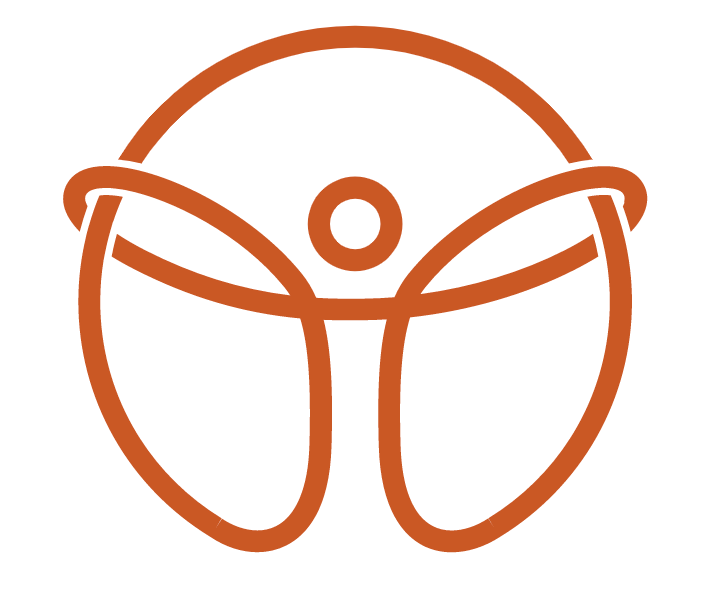Our use of Diagnostic Ultrasound as part of our examination and treatment approach
Point-of-care ultrasound (POCUS) refers to the use of a portable ultrasound device at the bedside or point of care, providing immediate real-time imaging for diagnostic and procedural purposes. It allows healthcare providers, including chiropractors and physical therapists, to obtain dynamic images of various body structures quickly and conveniently, without the need for referral to a radiology department.
At MVMT STL, Dr. Ackroyd utilizes point of care ultrasound in several ways:
1. Diagnostic evaluation: Diagnostic ultrasound can be used to assess musculoskeletal injuries, such as sprains, strains, and tears. By visualizing the affected area in real-time, therapists can identify the extent of the injury, assess tissue quality, and guide treatment decisions. Often this modality
2. Guided interventions: Diagnostic ultrasound can be used to guide therapeutic injections such as an acupuncture needle. By visualizing the target area in real-time, we can accurately guide the needle to the intended site, increasing precision and safety during procedures.
3. Rehabilitation monitoring: POCUS allows us to monitor changes in a patient's tissues over the course of the rehabilitation plan. For example, therapists can assess muscle thickness, muscle activation patterns, and changes in joint mobility to evaluate the effectiveness of interventions and adjust treatment plans accordingly.
4. Patient education: POCUS provides visual feedback to patients, helping them understand their condition and the progress of their rehabilitation. We can use ultrasound images to illustrate the affected structures, highlight improvements, and enhance patient engagement in their own care.
Point of care ultrasound offers us the ability to enhance our diagnostic accuracy, improve our treatment outcomes, and provide a more targeted and personalized care to our patients. It offers a portable and accessible imaging modality that complements our clinical assessment and allows us to make evidence-based decisions right in the office.
